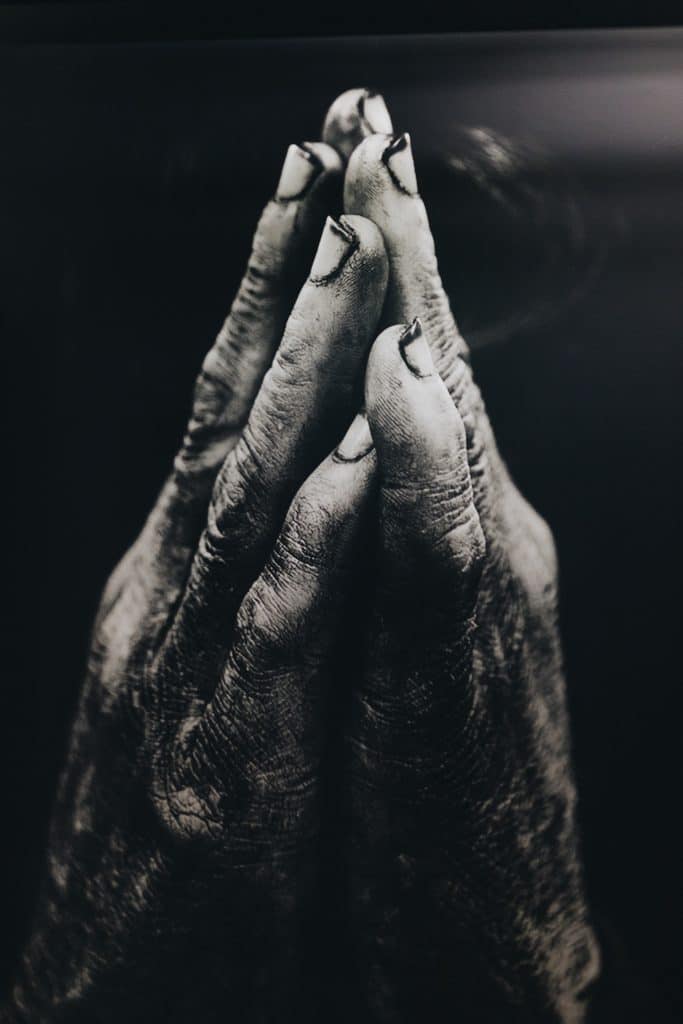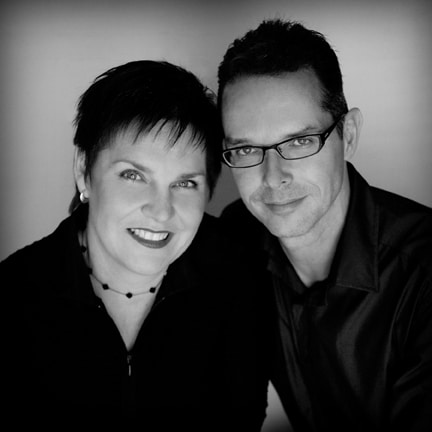
We received a question this week that brings up a number of connected issues.
Q: Hi I just read an article about Reiki and it said that Intention is not a part of Reiki and that Reiki brings a meditative state itself and is unlike disciplines such as QiGong where a practitioner grounds him/herself first.
A: Intent is… everything.
Before we do anything in life we first need the intent – if there is no intent then nothing will ever happen.
First is the intent, which fires up the energy to finally make the action happen.
We wrote an article about intent which you may wish to read.
We’ve also written an entire book that repeatedly looks at the effect of intent on one’s healing process. This is Your Reiki Treatment
So back to looking at the thoughts in this question…
How does one initially enter the meditative state that Reiki apparently brings? Why, of course – through the intent to work with Reiki.
To “find” ourselves in a meditative state we would have first have had to set our intent to practice a meditation or one of the elements of the system of Reiki. How else would we come to be there? Magic? Well, even magic needs intent to make it happen.
Intent is everything. It is that simple.
When we look for fundamental answers about the system of Reiki we always turn first to Japan. As the system of Reiki originated there about one hundred years ago, we feel that if there is an obvious answer then this is where it will be most clearly expressed, at the origins of the system.
The Diamond Sutra is widely utilised within Japan to understand universal energy (what we call Reiki) and our relation to it. One commentary on the Diamond Sutra plainly states “The Heart of the Universe is intention.”
Do not be confused and think that consciously holding intent will stop you from the process of letting go and allowing healing to take place. This is not so.
In our book Your Reiki Treatment we constantly repeat the absolute importance of the intent for both the practitioner and client of “may I receive whatever it is that I may need at this moment in time”. This intent allows both to open and let the energy heal. Consciously setting this open intent allows ones self to clear any unconscious, impure intent that may exist. Impure intent might be “I don’t know if I really want to get better. I think it is better if I stay like this for the moment. I like the attention. People find me interesting with my problems. My illness gives me something to talk about when I don’t know what to say.”
Hawayo Takata talks about intent in her diary on Dec 10th 1935, “The patient who is about to receive this treatment must purify ones (their) thoughts, feel comfortable, and (have) a desire to get well”. The desire to get well, that she writes of, is the client setting the intent to get well.
A great book that explains clearly about the beauty of Japanese arts and Ways (these arts and Ways include flower arrangement, board games, calligraphy, tea ceremony, and Japanese dance) is Living the Japanese Arts and Ways by H.E. Davey.
He states that “Focussing the mind in the moment increases mental force and enhances the ability to co-ordinate mind and body, and, in the tradition of Japan’s classical Ways, the place to concentrate on to achieve harmony of mind and body is the lower abdomen – the hara.”
This brings us to the second part of the question posed us. Do we need grounding?
From a Japanese perspective it is the hara that lies at the base of any art and Way. The hara is one’s grounding point. Without it we become an unbalanced triangle standing on its head ready to topple. The Japanese build the strength in the hara to create a foundation for their practices; the grounding point.
Hawayo Takata knew this well and also wrote about intent and the grounding of the hara point in her diary from her time studying in Japan: “In order to concentrate, one must purify one’s thoughts in words and to meditate to let the true “energy” come out from within. It lies in the bottom of the stomach about 2 inches below the navel. Sit in a comfortable position, close your eyes, concentrate on your thoughts and relax.”
She is not writing about the Chinese martial art of Qi Gong here – she is talking about the system of Reiki.
You consciously set your intent to clarify what it is or isn’t that you wish to practice and then you let go… allowing the energy to build and strengthen and heal utilising your grounding point, the hara.
Therefore intent is just a natural part of life and when we use it consciously it helps us to clear any misdirected intent – supporting our healing and the process of letting go.
Grounding is at the base of every Japanese art and Way including the system of Reiki – just reflect on Hawayo Takata’s own learning experience.
And thirdly, the system of Reiki is different to Qi Gong in many ways, and similar in others. They both work with universal energy and yet use different approaches and methods to work toward personal development and healing, a student must merely chose that practice which he or she finds suitable. There will also be many different methods within Qi Gong as there are within the system of Reiki. For a brief clarification of different energetic systems in comparison to the system of Reiki you can read this.
Bronwen and Frans Stiene are the co-founders of the International House of Reiki and co-authors of The Reiki Sourcebook, The Japanese Art of Reiki, Your Reiki Treatment, The A-Z of Reiki Pocketbook and the Reiki Techniques Card Deck. Bronwen and Frans teach in the USA, Europe and Australia. Visit the Courses page to find a course near you.

